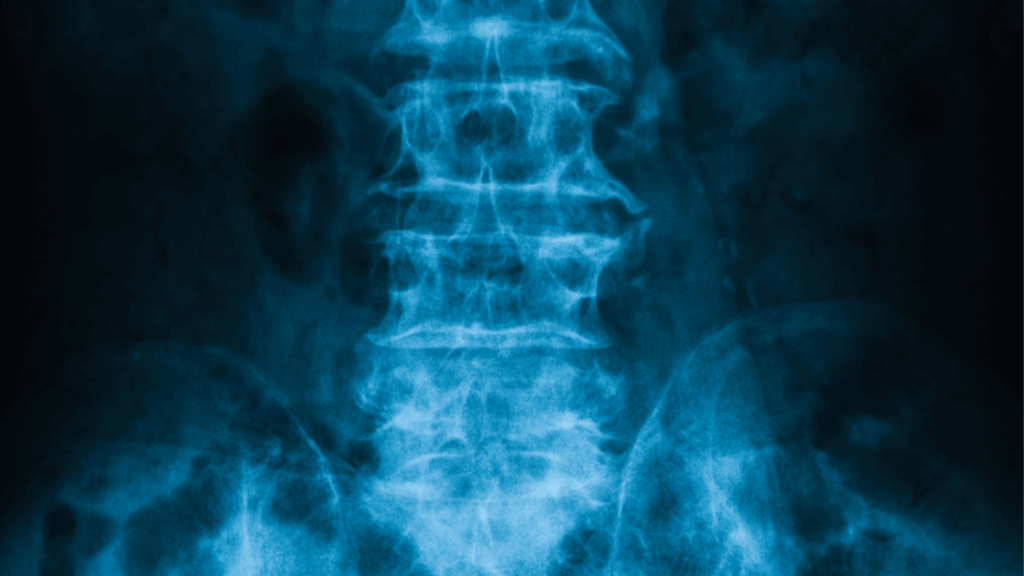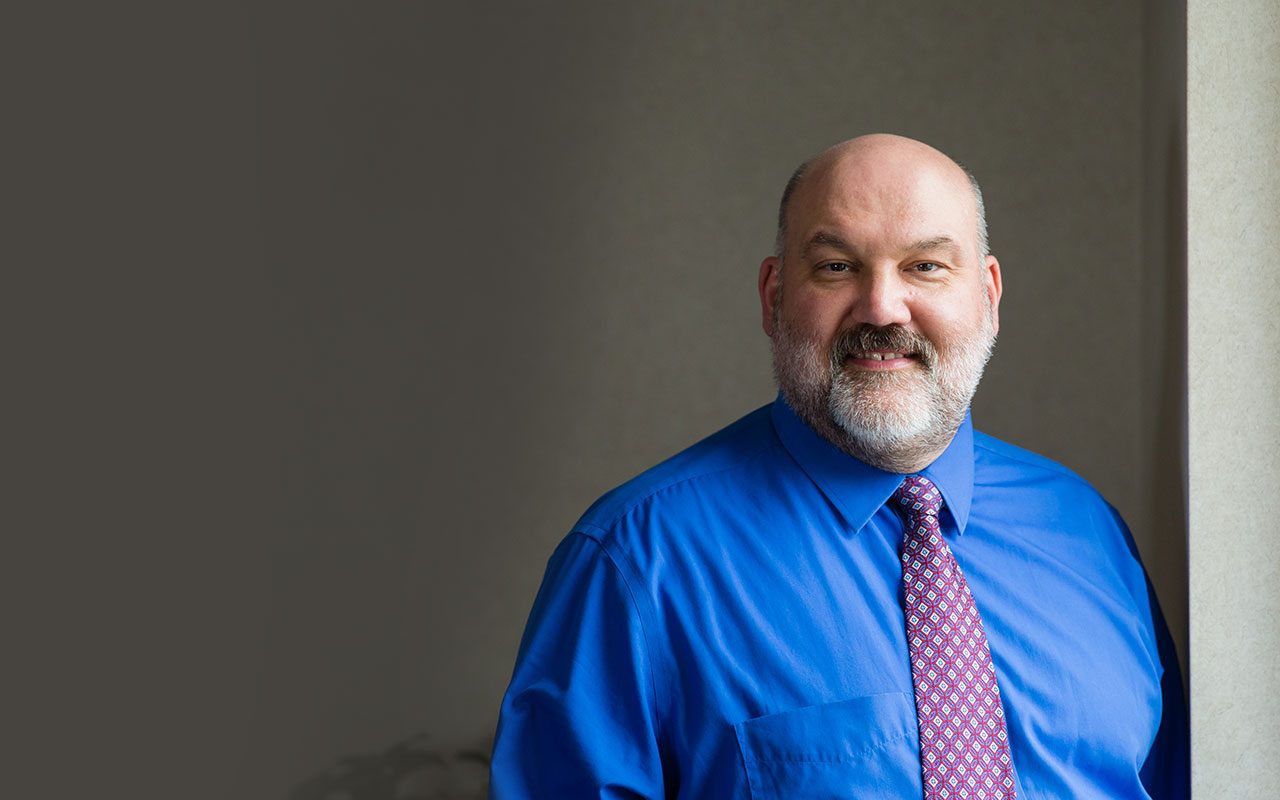If you’ve read an X-ray or MRI report and noticed the word osteophyte, you might be confused or worried. It’s a medical term that many people aren’t familiar with, but it’s very common in spine imaging reports. The good news is that osteophyte is just another name for a bone spur. These two words mean the same thing. While the word may sound serious, it’s actually a sign of how your body reacts to wear and tear in the spine.
In this article, we’ll explain what osteophytes are, how they form, and why they sometimes cause problems. We’ll also introduce a promising non-surgical treatment called Discseel that may help prevent the spinal degeneration that leads to osteophytes.
What Is an Osteophyte?
An osteophyte, or bone spur, is a small bony growth that forms along the edge of a bone. In the spine, these growths usually appear on the edges of the vertebral bones. They are common in people over the age of 40 and often show up in imaging studies like X-rays, MRIs, or CT scans.
Bone spurs are not usually sharp or painful by themselves. In fact, they are often smooth and rounded. They don’t appear suddenly—they slowly develop over time as part of the body’s natural response to stress or instability in a joint.
Why Do Osteophytes Form?
To understand why bone spurs develop in the spine, it helps to understand how the spine works and how it changes over time.
Your spine is made up of bones called vertebrae. Between each of these bones is a disc, which works like a shock absorber. These spinal discs help cushion the spine during movements like bending, lifting, or twisting. Each disc has two main parts: a tough outer wall called the annulus and a soft, gel-like center called the nucleus.
Over time, or because of injury, small cracks (called fissures) can develop in the annulus. Since spinal discs don’t have a good blood supply, these fissures don’t heal well. As the damage adds up, the disc starts to degenerate—a process called degenerative disc disease (DDD).
How DDD Leads to Osteophytes
In the later stages of degenerative disc disease, the disc begins to lose height. This means the space between the vertebrae gets smaller. When this happens, the ligaments that connect the vertebrae start to become loose or slack. Think of it like a rope between two posts: if the posts move closer together, the rope sags.
This looseness leads to instability in the spine. And instability is something the body tries to fix. One way the body reacts is by making new bone in the area to strengthen and support the joint. These new bony growths are osteophytes.
So, osteophytes form because the body is trying to stabilize a weakened or unstable spine. In this way, bone spurs are not the root problem—they are a result of disc degeneration.
When Do Osteophytes Cause Problems?
In many people, osteophytes don’t cause any symptoms at all. They may show up on an MRI or X-ray, but the person may not even feel them. However, there are times when osteophytes can become a problem—especially when they grow too large or form in sensitive areas of the spine.
Your spine is full of nerves that travel from your brain down through your back and out to your arms and legs. These nerves exit the spine through small spaces called foramina. If a bone spur grows into this space, it can compress or pinch a nerve.
When this happens, it can cause:
- Pain in the neck, back, arms, or legs
- Numbness or tingling
- Muscle weakness in the limbs
These symptoms depend on where the nerve is being compressed. For example, an osteophyte in the lower back may affect the leg, while one in the neck may affect the arm.
Osteophytes Are a Sign of a Larger Problem
It’s important to remember that osteophytes are not the main problem. They are simply the result of a process—specifically, the degeneration of spinal discs and the instability that follows.
That means the best way to prevent osteophytes is to prevent or slow down disc degeneration in the first place.
Introducing Discseel: A Non-Surgical Option
One exciting new treatment aimed at disc degeneration is called Discseel. The Discseel® Procedure is a minimally invasive, non-surgical treatment that targets the small cracks (fissures) in the annulus of the disc.
Here’s how it works:
- A special biologic material, made from fibrin (a natural protein found in blood), is injected directly into the disc.
- The fibrin helps seal the cracks in the annulus.
- This seal may allow the disc to hold its height and hydration better, slowing or stopping the degeneration process.
By treating the disc early—before major disc height loss or instability occurs—Discseel may prevent the conditions that lead to osteophyte formation.
While more research is still being done, early results are promising. For people who want to avoid spinal surgery, Discseel may offer an important option to treat disc damage and protect spine health.
Key Takeaways
- Osteophytes and bone spurs are the same thing.
- They form as the body’s natural response to instability in the spine, usually due to degenerative disc disease.
- Cracks in the disc wall and loss of disc height lead to ligament slack, which the body tries to reinforce by forming new bone.
- Osteophytes are not usually harmful, but they can cause problems if they compress nearby nerves.
- The best way to avoid bone spurs is to protect your spinal discs from degeneration.
- Discseel is a new non-surgical treatment that aims to seal annular fissures in spinal discs and stop degeneration before it gets worse.
If you’ve been told you have osteophytes or degenerative disc disease, talk with your doctor about your options. Understanding how and why these changes occur is the first step in taking control of your spine health.

